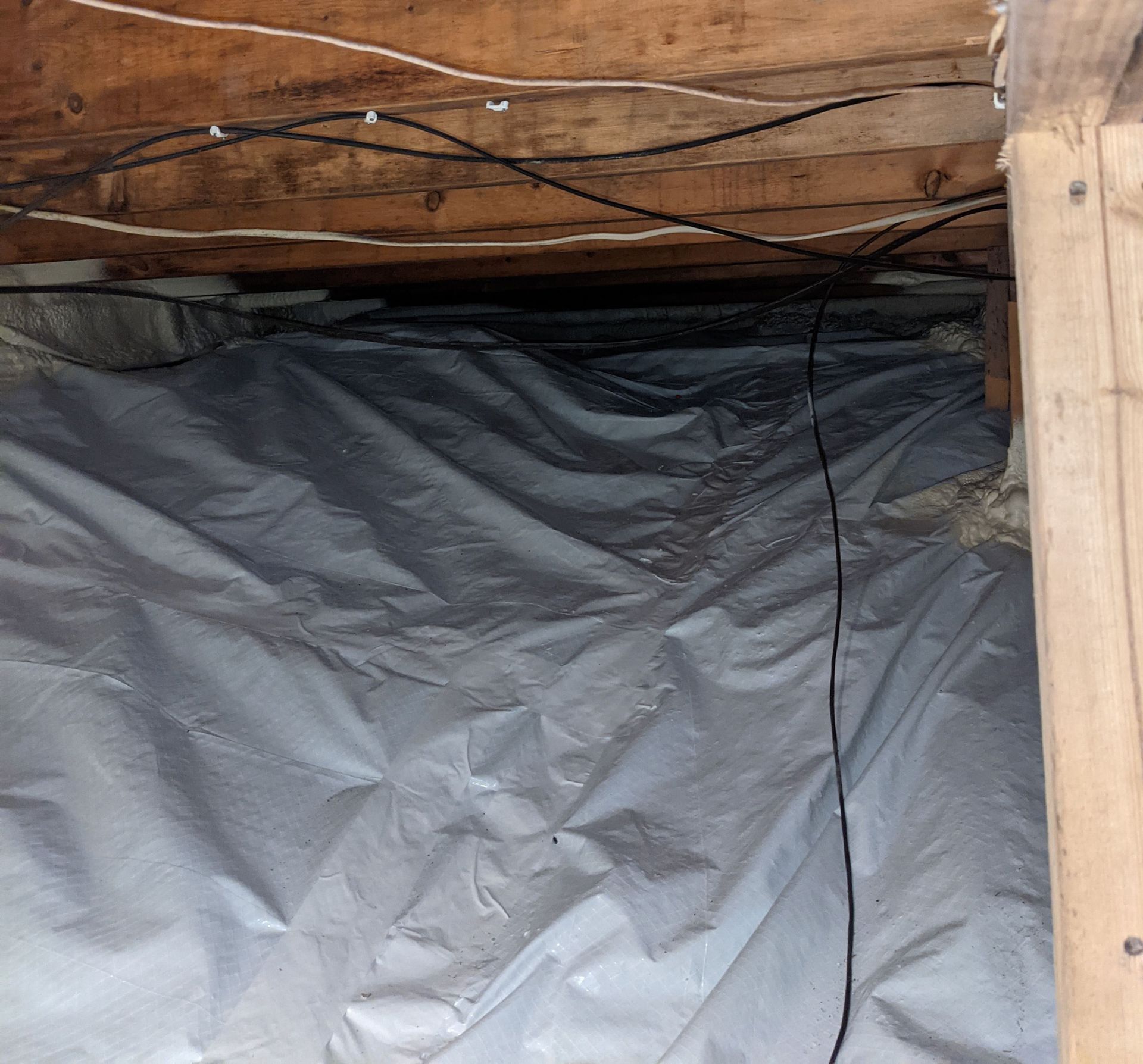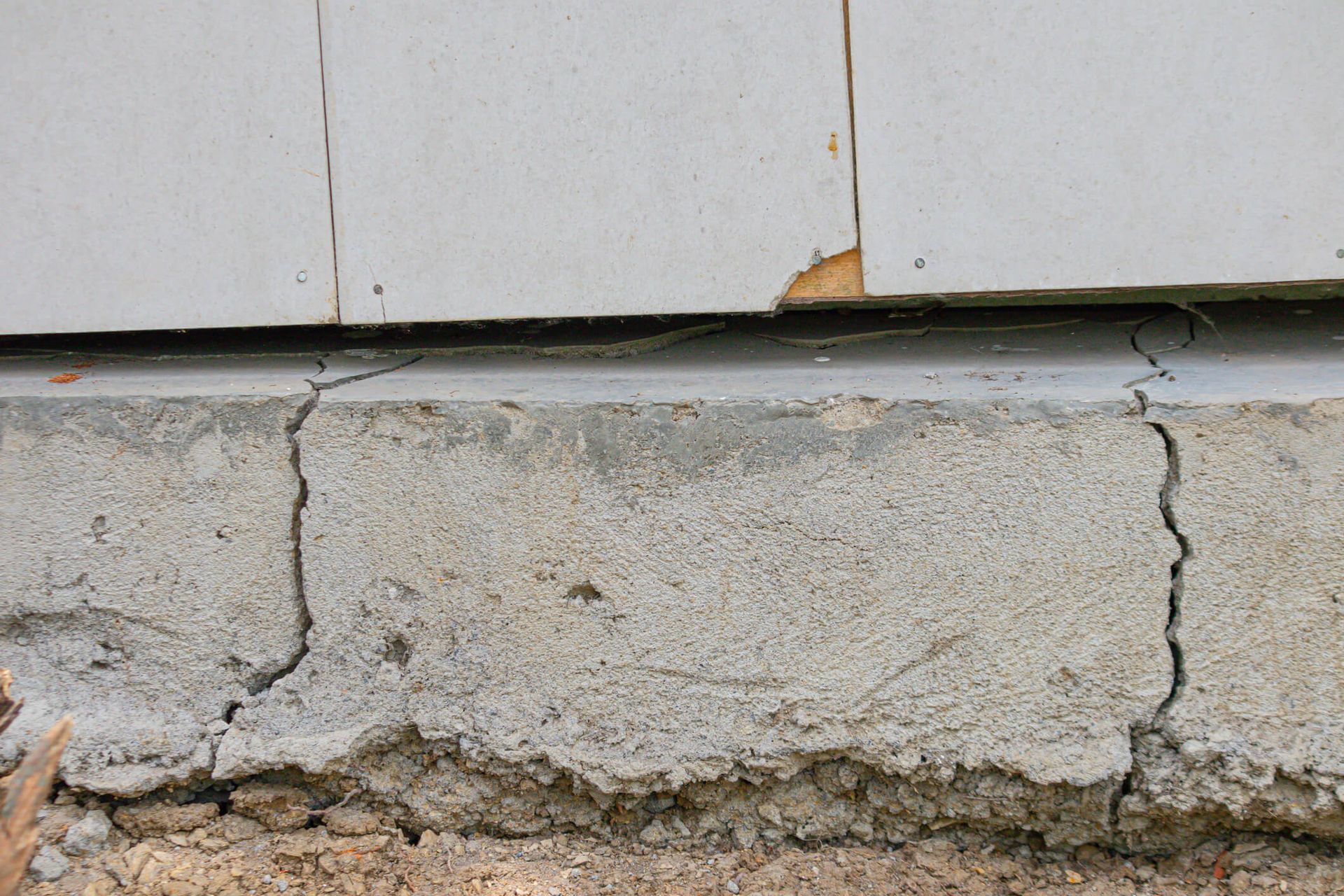Resources for Homeowners From the Foundation Repair Experts
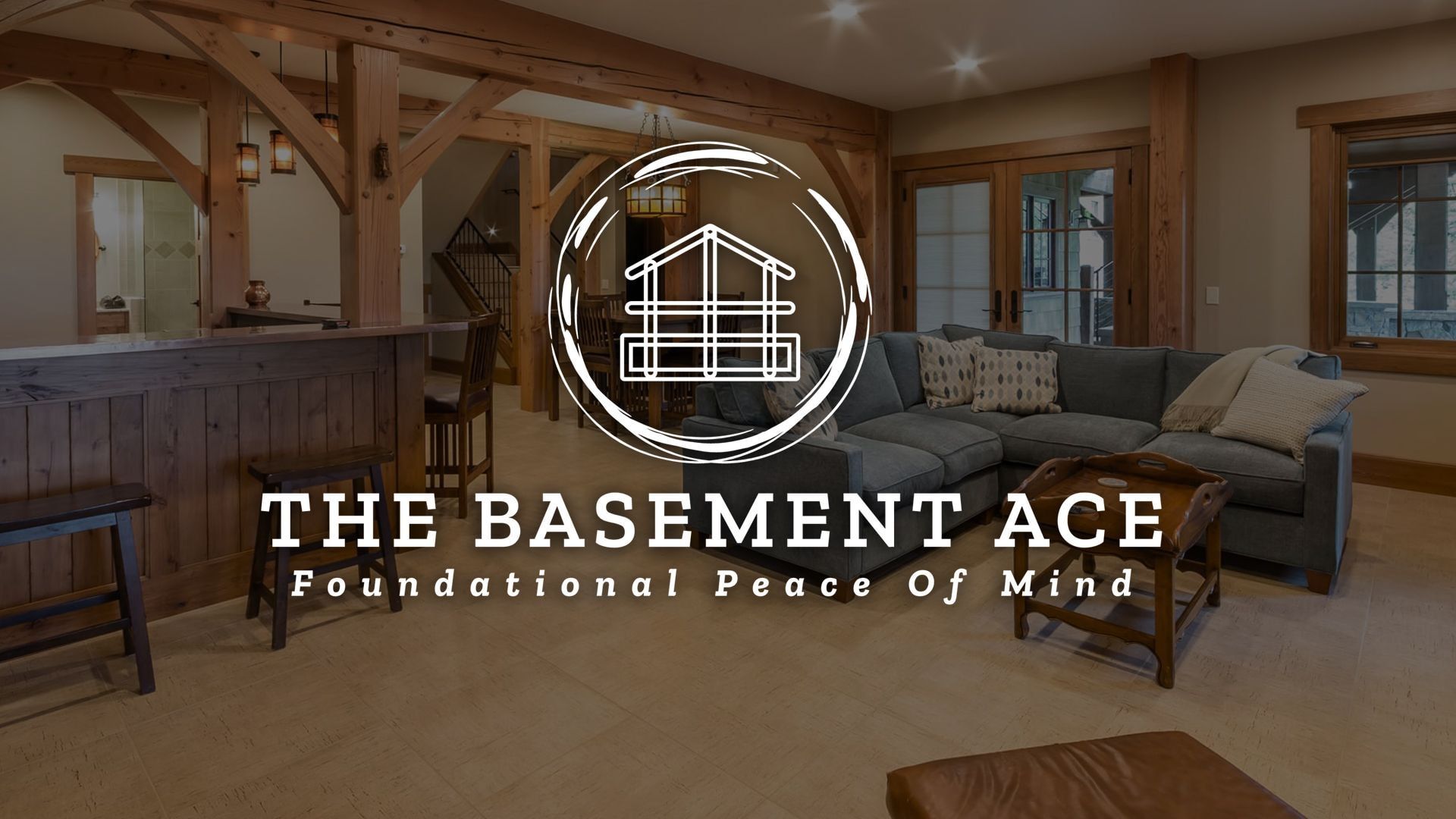
Wet Basement Solutions: Complete Guide to Fixing and Preventing Water Problems A wet basement isn’t just an inconvenience—it’s a ticking time bomb that can destroy your home’s foundation and your family’s health. Whether you’re dealing with minor dampness or standing water after heavy rain, basement moisture problems affect millions of homeowners and can lead to thousands of dollars in damage if left untreated. The good news? Most wet basement solutions are entirely manageable with the right approach. From emergency water removal to comprehensive waterproofing systems, this guide covers everything you need to know to keep your basement dry and protect your investment. Key Takeaways Wet basements are commonly caused by poor drainage, groundwater seepage, and condensation issues Quick action with dehumidifiers, fans, and water removal prevents mold growth and structural damage Long-term solutions include proper grading, sump pump installation, and waterproofing systems DIY fixes like sealing cracks and improving ventilation can address minor moisture problems Professional waterproofing may be necessary for severe water intrusion or recurring issues Prevention through regular maintenance and proper drainage saves costly repairs
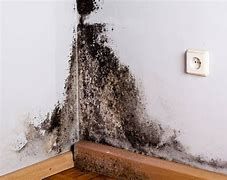
Key Takeaways Mold toxicity occurs when toxic mycotoxins from mold exposure cause various health symptoms Common warning signs include respiratory problems, persistent fatigue, brain fog, and chronic sinus issues Neurological symptoms like memory problems and headaches are serious indicators of mold exposure Gastrointestinal issues such as nausea and abdominal pain can signal mold toxicity Skin reactions, mood changes, and sleep disturbances are additional warning signs to monitor Early recognition and professional mold inspection are crucial for preventing long-term health complications Understanding Mold Toxicity Mold toxicity occurs when your body reacts to toxic substances called mycotoxins that are produced by certain types of indoor mold. Unlike common allergies that might cause temporary discomfort, mold toxicity can lead to persistent, multi-system health issues that affect your quality of life. Mycotoxins enter your body through three primary routes: inhalation of airborne mold spores, direct skin contact with mold, or ingestion of mold-contaminated materials. The severity of symptoms depends on several factors, including the specific type of mold present, duration of exposure, and your individual immune system strength. Mold thrives in damp environments with humidity levels above 50%. Common locations for toxic mold growth include basements, bathrooms, kitchens, and areas with water damage or leaks. When mold grows, it produces microbial volatile organic compounds (mVOCs) that create the characteristic musty odor that often serves as an early warning sign. A small Harvard study published in PLOS One found that people exposed to toxic mold spores have different cytokine profiles compared to those without exposure. This suggests that mold toxicity creates measurable biological changes in the body through immune activation, rather than just subjective symptoms. Environmental Mold and Mycotoxin Exposures Elicit Specific Cytokine and Chemokine Responses | PLOS One
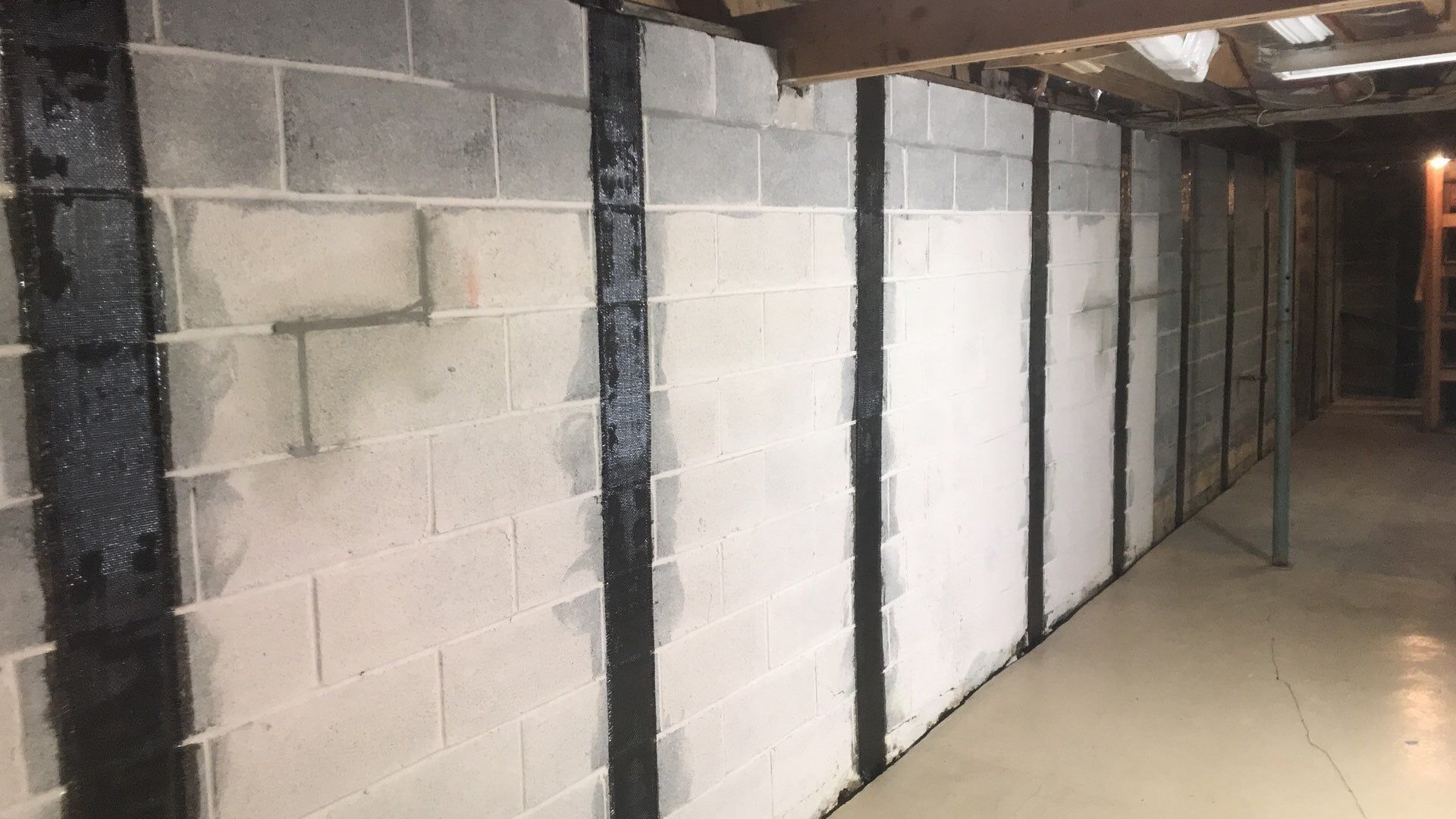
Recognizing Foundation Problems Identifying signs of foundation problems is crucial for timely repairs. Common signs of foundation issues include uneven floors, cracks in walls, and moisture presence in basements. Early detection of foundation damage is important as it prevents more extensive damage. If a quarter fits into a crack, it’s time to call a professional regarding foundation problems. Common Causes of Foundation Issues Inadequate drainage around a foundation can result in water pooling, leading to soil saturation and foundation instability. Poor drainage from gutters and downspouts can lead to excessive moisture near the foundation. Evaluating drainage around the foundation is crucial to prevent water-related issues. Proper soil grading is important to prevent water pooling around the foundation. Expansive clay soils can expand when wet and shrink when dry, causing movement that impacts foundations. Helical piers are particularly useful in sandy soil conditions and can be easily installed compared to other types. Tree roots may penetrate and disrupt soil structure, contributing to foundation sinking or cracking. Leaking plumbing or sewage lines can erode soil beneath a foundation, resulting in settlement.

Top Structural Repairs to Maintain Your Home's Integrity Identifying Structural Damage Early Signs that indicate a home needs structural repairs include foundation cracks and uneven floors. Factors that can lead to structural damage in a building include aging foundations, poor construction, design flaws, and lack of maintenance. Early detection of structural damage is crucial as it prevents escalating issues, reduces costs, and ensures safety. Weakness in floor joists may manifest as sagging or bouncy floors, indicating potential structural issues. Common Structural Repairs Explained Foundation repairs are crucial for maintaining the structural integrity of a home. Common signs of foundation movement include sticking doors and windows as well as diagonal or widening cracks in walls. Helical piers are often used for deep stabilization of foundations affected by soil movement. Carbon fiber straps can reinforce shifting or bowing foundation walls, providing stability without major excavation. Wall braces are installed within the basement to prevent further movement of bowing walls, providing support rather than full restoration. Wall stabilization techniques like steel I-beams can support bowing walls caused by foundation pressure.

Worried about water in your basement? Basement waterproofing can prevent damage, mold, and even structural problems. Discover effective methods to keep your basement dry and safe. Key Takeaways Basement waterproofing is essential to prevent water damage and health risks associated with mold growth, with professional methods being more effective than DIY solutions. Common causes of basement leaks include foundation cracks, hydrostatic pressure, clogged drains, and improper grading, necessitating early identification for effective waterproofing. Effective waterproofing solutions comprise interior methods like sealants and sump pumps, as well as exterior techniques like excavation and proper landscaping, which require regular maintenance for long-term effectiveness. Understanding Basement Waterproofing Basement waterproofing consists of various methods and materials aimed at preventing water from entering a building’s basement. Given that basements are particularly prone to water damage due to their below-ground location and exposure to external moisture sources, taking preventive measures is crucial. Unfortunately, many homeowners make common mistakes in DIY waterproofing, which can lead to inadequate solutions, recurring water issues, and potential structural damage. Moreover, improper DIY methods can result in health risks due to mold growth in inadequately waterproofed basements. Professionally-installed exterior waterproofing, designed to address the root causes of moisture problems, plays a pivotal role in preventing water from entering the foundation. These methods focus on applying solutions outside the home to stop water before it even reaches the basement. Understanding the importance and mechanics of basement waterproofing is the first step toward ensuring a dry and healthy home environment.
Got Questions? The Basement Ace is Here to Help!
Dive into expert advice and support for your home's foundation needs. Contact us today, and let's start building a stronger foundation together.
